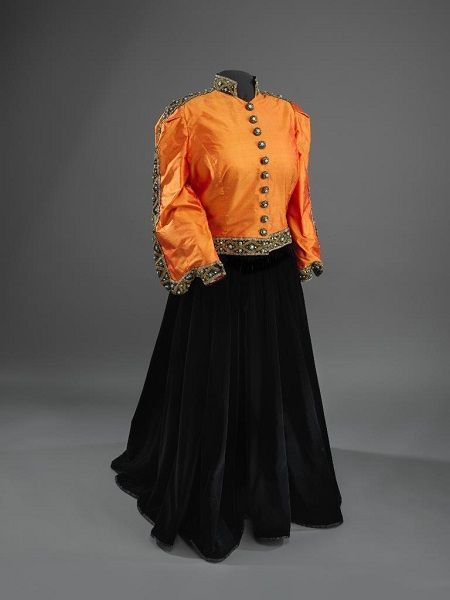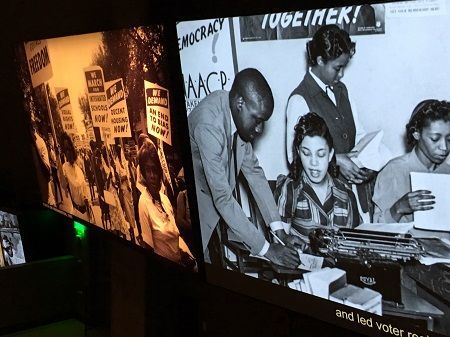- Revenue Cycle Management
- COVID-19
- Reimbursement
- Diabetes Awareness Month
- Risk Management
- Patient Retention
- Staffing
- Medical Economics® 100th Anniversary
- Coding and documentation
- Business of Endocrinology
- Telehealth
- Physicians Financial News
- Cybersecurity
- Cardiovascular Clinical Consult
- Locum Tenens, brought to you by LocumLife®
- Weight Management
- Business of Women's Health
- Practice Efficiency
- Finance and Wealth
- EHRs
- Remote Patient Monitoring
- Sponsored Webinars
- Medical Technology
- Billing and collections
- Acute Pain Management
- Exclusive Content
- Value-based Care
- Business of Pediatrics
- Concierge Medicine 2.0 by Castle Connolly Private Health Partners
- Practice Growth
- Concierge Medicine
- Business of Cardiology
- Implementing the Topcon Ocular Telehealth Platform
- Malpractice
- Influenza
- Sexual Health
- Chronic Conditions
- Technology
- Legal and Policy
- Money
- Opinion
- Vaccines
- Practice Management
- Patient Relations
- Careers
Part 3: The New Smithsonian Museum of African American History & Culture, Sense of Place and Sit-Ins
The 12 inaugural exhibits in the new Smithsonian National Museum of African American History & Culture, in Washington, DC, present three broad and interconnected themes: history, community, and culture.

Image Credit: Candyce H. Stapen
The 12 inaugural exhibits in the new Smithsonian National Museum of African American History & Culture, in Washington, DC, present three broad and interconnected themes: history, community, and culture. While I expected the slavery galleries to pack an emotional punch, I didn’t anticipate the exhibits on segregation, sit-ins, and the community to be so moving.
Related:
- The New Smithsonian Museum of African American History & Culture
- Part 2: The Smithsonian Museum of African American History & Culture, Food and Place
Community Galleries: Power of Place and Making a Way Out of No Way
The community galleries depict how African Americans “made a way out of no way” and were supported by the power of place. A slideshow projects images of workers in tobacco fields, men playing checkers, congregations lined up in front of churches, and families posing by sod homes and at school graduations. The simple images evoke the strength found in communities. During segregation, such support enabled entrepreneurs to open a deli in Harlem, a millinery shop in Philadelphia and other small businesses.
The buttressing support of black communities appears throughout the museum and not just in the similarly named galleries. Barrier-breaking singers, musicians, artists, and athletes are celebrated. View the outfit Marian Anderson wore for her concert at the Lincoln Memorial, a venue chosen after she was barred from DAR Constitution Hall.

Image Credit: National Museum of African American History and Culture
Segregation and Sit-ins

Image Credit: National Museum of African American History and Culture
Two stools from Greensboro’s F.W. Woolworth store frame the Era of Segregation gallery. When four freshmen at North Carolina A&T University sat down at the whites-only lunch counter on February 1, 1960, and continued to stay, joined by others for the remainder of the month, the act ignited an era of sit-ins. In July the store’s owners desegregated the facility.
The lunch counter exhibit fitted with interactive computers allows visitors to consider whether they could handle the emotional and physical risks taken by the students and other protesters.
Beneath a slideshow of images of the fight for equality, I peruse a “lunch menu” of movements from sit-ins to freedom rides and bus boycotts. After choosing “freedom rider,” I confront a series of questions. As a participant in Mississippi, I and my colleagues are jailed, but as a white protester, I am offered release. Do I get out of jail or stay with my black friends? After, I make my choice, the screen informs me that, at the time of my visit, 67% of museum-goers using the computers, chose leaving jail. Allow enough time to go through this thought-provoking experience.

Image Credit: Candyce H. Stapen
